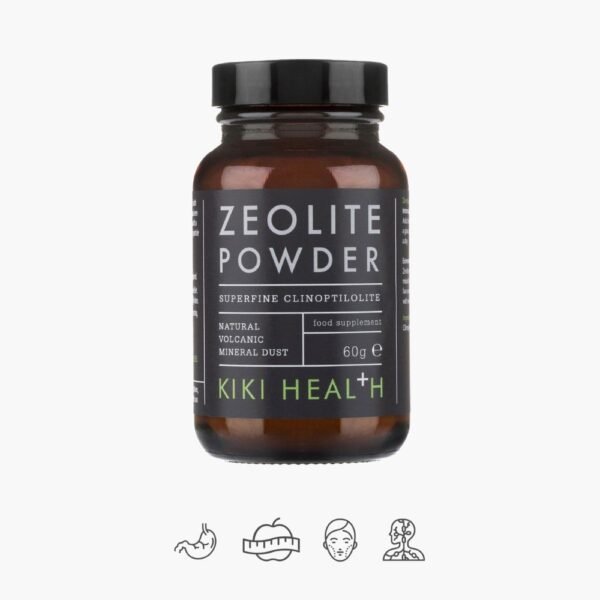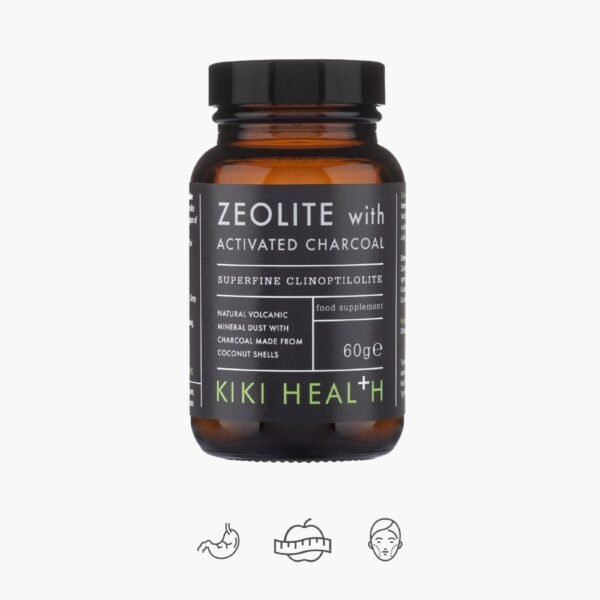Copper is attributed for minerals and is found throughout the body. It helps the body produce red blood cells and supports healthy nerve cells and good health immune system.
Copper also helps form collagen, a major component of bone and connective tissue. It can also act as an antioxidant, reducing free radicals that can damage cells and DNA. In addition to all this, it also helps the body absorb iron.
Our body does not need much copper. Many people do not get enough copper in their diet, but few are actually deficient. Possible signs of copper deficiency include:
- anemia
- low body temperature
- bone fractures and osteoporosis
- low white blood cell count
- irregular heartbeat
- thyroid problems
For people who use a lot zinc, iron or vitamin C, more copper may be needed. However, please note that too much copper can be dangerous.
Copper Usage
Anemia
Taking copper supplements can help people with anemia. Copper works with iron to form red blood cells.
Osteoarthritis
Animal studies show that taking copper prevents arthritis and slows it down. Copper bracelets are often marketed to people with osteoarthritis and rheumatoid arthritis as a way to relieve symptoms, but there is no definitive evidence that they work.
Osteoporosis
There is some evidence that taking copper together with zinc, manganese and calcium may help slow bone loss in postmenopausal women.

Food sources of copper
Copper is found in the following foods:
- In seafood such as oysters, calamari, lobster, mussels, crab and clams
- In meat, like beef liver, kidney and heart
- In nuts such as cashews, filberts, macadamia nuts, pecans, almonds and pistachios
- In legumes like soybeans, lentils, black beans and peanuts
- In chocolate, such as unsweetened or semi-sweet baking chocolate and cocoa
- In enriched grains like bran flakes, cracked wheat and raisin bran
- In fruits and vegetables such as dried fruits, mushrooms, tomatoes, potatoes, sweet potatoes, bananas, grapes and avocado
- In black pepper
Copper forms are available
Supplements that contain minerals, usually contains copper. Copper is also available separately and can be found in gel or solution form.
How to best absorb copper
The best way to get enough copper is from your daily diet. In order for the body to use copper, zinc and manganese must be in balance. The following are recommended daily allowances for copper for children and adults.
For children
- Infants from birth to 6 months: 200 mcg per day
- Infants 7 to 12 months: 220 mcg per day
- Children 1 to 3 years: 340 mcg per day
- Children 4 to 8 years: 440 mcg per day
- Children 9 to 13 years: 700 mcg per day
- Children 14 to 18 years: 890 mcg per day
Children should get copper from food. Do NOT give copper supplements to children.
For adults
- Adults 19 years and older: 900 mcg per day
- For pregnant women: 1000 mcg per day
- Lactating women: 1300 mcg per day
If you take copper supplements, you should also zinc supplements (8-15 mg of zinc for every 1 mg of copper), as an imbalance of these two minerals can lead to other health problems.

Additional precautions
Due to potential side effects and drug interactions, copper supplements should be taken sparingly.
Too much copper can cause nausea, vomiting, stomach pain, headache, dizziness, weakness, diarrhea, and a metallic taste in the mouth. Copper toxicity is rare, but can cause heart problems, jaundice. DO NOT use copper supplements if you have diarrhea.
Water with a copper concentration of more than 6 mg/l can cause stomach upsets such as nausea and vomiting. If you have well water, you can test the concentration of minerals in the water.
We can also get copper unknowingly by using copper utensils or from water supplied through copper pipes. Copper can leach from pipes into water, especially when using hot water and if it sits in copper pipes for a long time. If there are blue-green stains around the faucet or sink, or if the water has a metallic taste, it may be worth checking the water composition.
Copper supplements should not be taken by children and people with Wilson's disease (which causes copper to accumulate in the brain, liver, kidneys, and eyes), as well as people with inherited conditions, including idiopathic copper toxicosis and childhood cirrhosis.
Possible drug interactions
If you are taking any of the medications listed below, you should not take copper supplements without first talking to a health professional.
Birth control pills and estrogen after menopause: birth control pills and estrogen replacements can increase blood copper levels in postmenopausal women.
Nonsteroidal anti-inflammatory drugs: These pain relievers include aspirin, ibuprofen (Advil, Motrin), and naproxen (Aleve). Copper binds to them and can enhance their anti-inflammatory activity.
Penicillamine:Penicillamine, a drug used to treat Wilson's disease and rheumatoid arthritis, lowers copper levels. Copper can decrease the amount of penicillamine your body absorbs.
Allopurinol (Ziloprim):Test-tube studies show that allopurinol, a drug used to treat gout, can lower copper levels.
Nifedipine (Procardia or Adalat):In a human study, people taking nifedipine had lower red blood cell copper levels.
Zinc: Several laboratory and human studies have shown that taking large amounts of zinc supplements over a long period of time can reduce the body's ability to absorb copper. The same seems to be true when eating foods that contain copper. Ask your provider if you need zinc and copper supplements.
It is important to rememberthat everyone's health is individual and there is no common recipe for everyone!
So, if you want to know what nutrients your body might be lacking right now, health professionals recommend a guide – "Your Day".
- In time, pay attention to the signals sent by your well-being
- Replenish the body with natural minerals, vitamins and nutrients necessary for health.
- Enjoy energy and good mood everyday!











